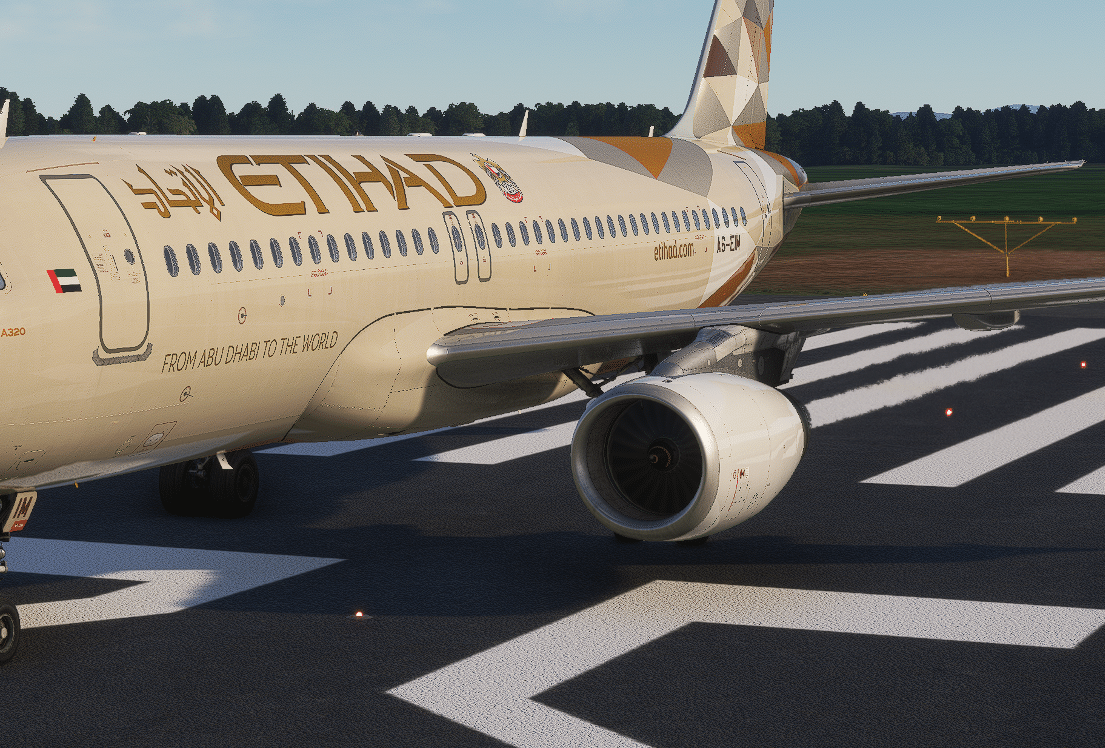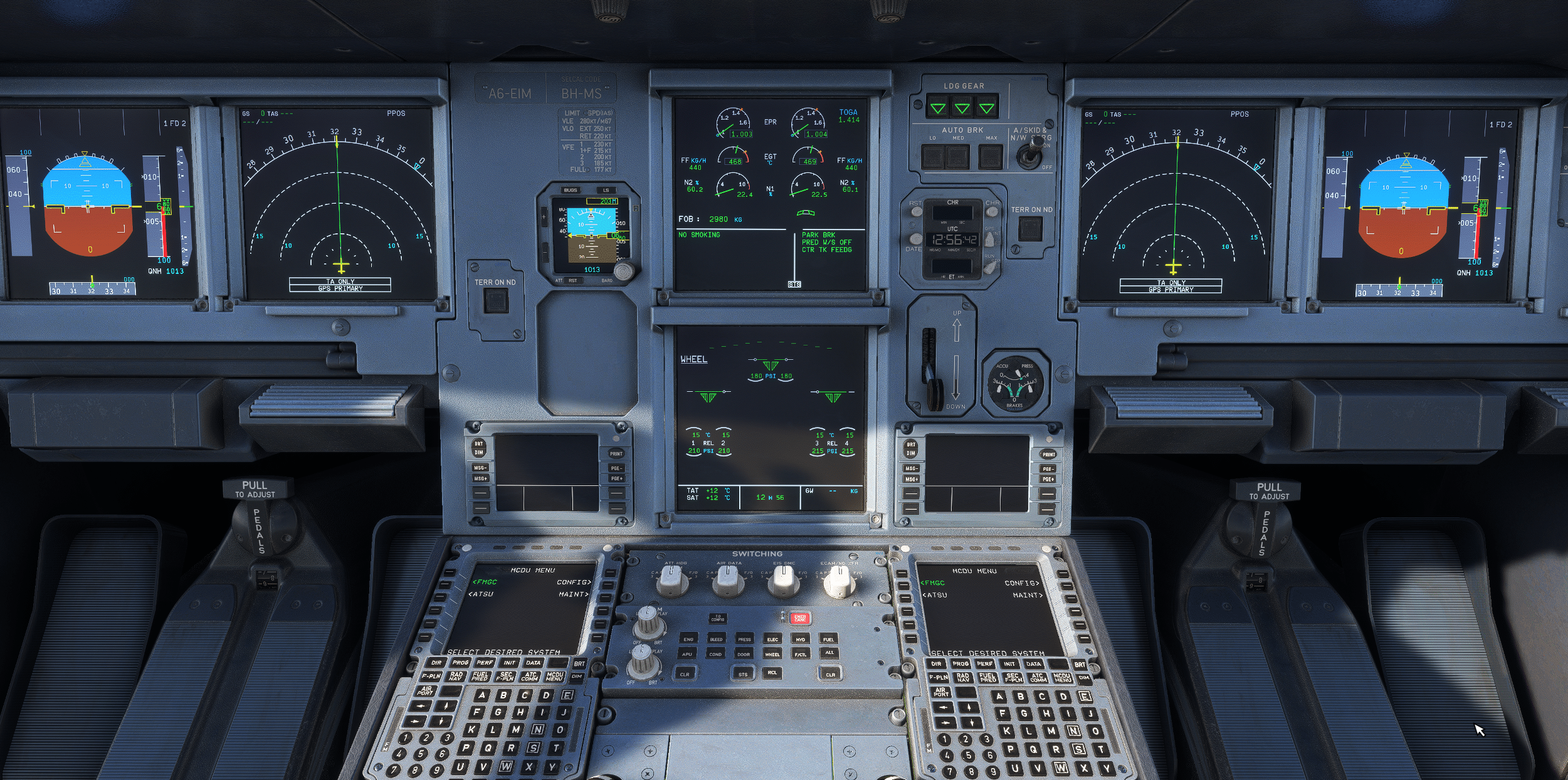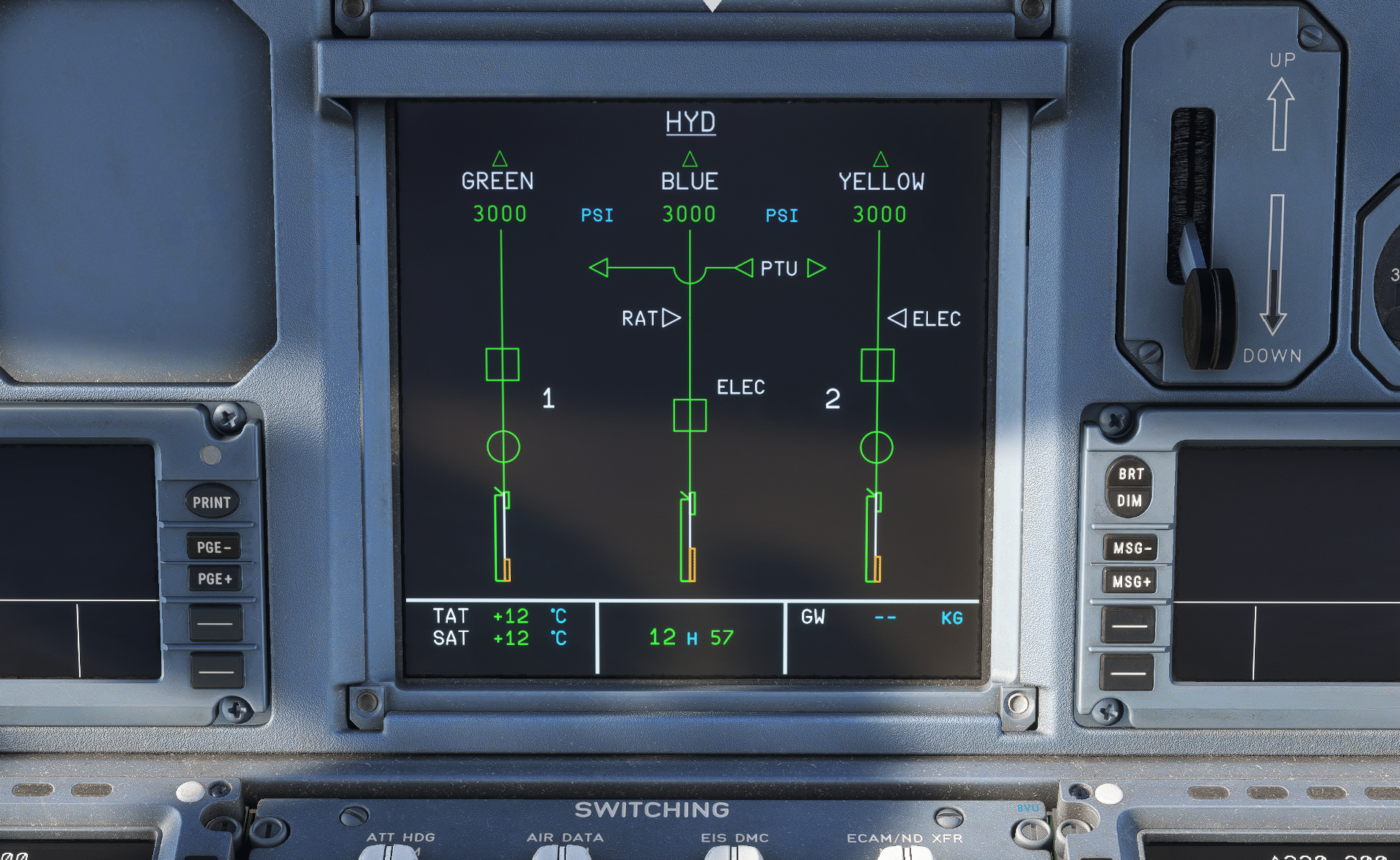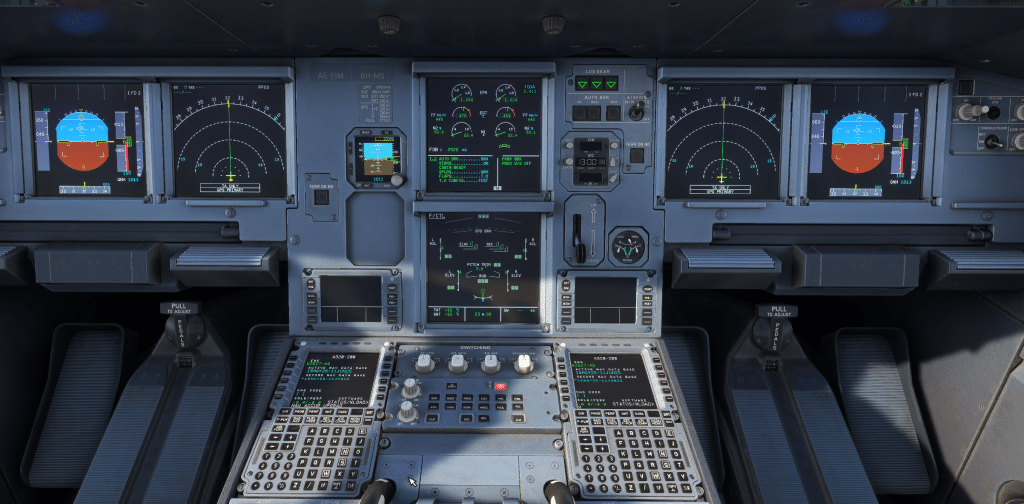Airbus A320
Airbus A320 Systems – The Heart of the A320 Family Explained
The Airbus A320 systems are central to the performance and reliability of the A320 family — a lineup that includes the A319, A320neo, and A321neo. This aircraft family is famous for its fly-by-wire technology, which enhances pilot control and overall safety throughout every phase of flight.
Understanding the aircraft’s systems is vital for pilots seeking the Airbus A320 type rating. In particular, advanced components such as ECAM (Electronic Centralized Aircraft Monitor) and avionics allow real-time monitoring and seamless management. As a result, the flight crew gains complete control and situational awareness during operations.
Moreover, the A320 family offers engine choices such as CFM and IAE powerplants. The NEO (New Engine Option) variants use LEAP-1A turbofan engines for improved fuel efficiency and reduced emissions. Consequently, these upgrades make the aircraft more appealing to airlines striving to cut fuel and maintenance costs.
For those in ground school, gaining in-depth systems knowledge with pictures and diagrams helps build a strong technical foundation. Manuals and visual study materials enhance comprehension of key features such as the center fuel tanks, which extend the A320’s operational range. In addition, practical familiarity with real cockpit layouts helps solidify theoretical learning.

Each Airbus A320 variant has a specific maximum takeoff weight (MTOW). Understanding these differences helps ensure precise flight planning and optimal performance. Furthermore, the A320’s design balances passenger comfort with fuel efficiency, making it one of the most advanced narrow-body jets on the market.
Whether you’re a pilot or an aviation enthusiast, exploring Airbus A320 systems through official manuals will deepen your understanding of this remarkable aircraft. With its continued innovation, the A320 family sets new standards across the aviation industry.
For more insights, read our detailed guide on A320 FMGC – Flight Management and Guidance Computer.
Overview of the Airbus A320 Aircraft Systems Architecture
The A320 systems architecture relies on automation and redundancy. Through fly-by-wire technology, mechanical linkages were replaced by digital flight control computers. Therefore, the aircraft can respond faster and more accurately to pilot input.
Systems are grouped into six main domains: electrical, hydraulic, pneumatic, fuel, flight control, and air conditioning. Each is carefully designed to maintain safe operation even during system failures.
ECAM (Electronic Centralized Aircraft Monitor) allows pilots to visualize and manage these components. Moreover, the redundant Blue, Green, and Yellow hydraulic circuits ensure continuous performance in any situation.
Learn more about redundancy in the A320 Switching Panel Guide.
Power, Pneumatics, and Bleed Systems
The A320’s pneumatic system draws pressurized air from the engines, APU, or ground source. Bleed air powers the air conditioning, engine start, and anti-ice systems. The automatic logic seamlessly manages the transitions between air sources, ensuring efficiency and reliability.
For a detailed look, visit APU Bleed Air Shutdown Sequence and discover how it integrates with the Environmental Control System (ECS). Consequently, this system plays a vital role in maintaining stable aircraft performance.
Air Conditioning and Pressurization Systems
The A320’s air conditioning system regulates cabin comfort using PACK, MIX, and RAM air flows. Air is cooled, mixed, and distributed evenly throughout the fuselage. Meanwhile, sensors continuously adjust temperature and pressure for passenger comfort.

Pressurization is managed automatically through Cabin Pressure Controllers; however, pilots can switch to manual mode via ECAM if needed. For technical schematics, see A320 Air Conditioning Basics or explore ECAM monitoring.
Flight Controls (Fly-By-Wire)
The Airbus A320 uses a fully fly-by-wire flight control system. Pilot inputs on the sidesticks are interpreted by flight control computers and translated into control-surface commands, delivering stable handling, envelope protections, and graceful reversion in case of failures. This architecture reduces pilot workload and integrates tightly with ECAM.
Architecture & Computers
- ELAC (2× Elevator Aileron Computers): Primary control for elevators and ailerons; manages pitch/roll in Normal Law.
- SEC (3× Spoiler Elevator Computers): Controls spoilers and provides backup for pitch/roll if ELAC channels are lost.
- FAC (2× Flight Augmentation Computers): Yaw damper, rudder travel limiting, turn coordination, and some envelope functions.
- SFCC (2× Slat/Flap Control Computers): Commands high-lift devices (slats and flaps) and monitors symmetry/over-speed.
Control Surfaces & Actuation
Pitch is provided by elevators and the trimmable horizontal stabilizer (THS); roll by ailerons and spoilers; yaw by the rudder. Surfaces are hydraulically powered (Blue/Green/Yellow), commanded electrically by the computers, and displayed on ECAM’s F/CTL and SD pages for status and deflection.
What “Laws” Mean (Quick Recap)
- Normal Law: Full protections and flight-path-stable handling. (See Normal Law.)
- Alternate/Direct Law: Degraded protections; Direct Law gives near-linear stick-to-surface response.
- Mechanical Backup: Limited control via rudder and THS if electrical control is lost.
High-Lift System (Slats/Flaps)
Two independent SFCCs command slats and flaps through hydraulic actuators. Protections include auto-inhibit or wing tip brake to prevent asymmetry/overspeed. ECAM provides configuration, speeds, and fault cues.
Failure Management & Reversion
In case of computer/hydraulic faults, the system reconfigures automatically and presents clear ECAM procedures (e.g., F/CTL ALTN LAW (PROT LOST), FLAPS/SLATS FAULT/LOCKED). Pilots monitor FMA/ECAM, follow checklists, and adjust techniques (e.g., manual trim in Direct Law).
Key takeaways:
- Sidestick commands flight path, not direct surface deflection in Normal Law.
- Redundant ELAC/SEC/FAC computers ensure continuity and graceful degradation.
- Hydraulic redundancy (Blue/Green/Yellow) powers all primary/secondary surfaces.
- ECAM and the F/CTL page give instant status, limits, and fault guidance.
Explore the A320 Flight Controls system — how Airbus fly-by-wire computers manage elevators, ailerons, spoilers, and rudder.
Flight Control and Protections
The A320 introduced Normal Law protections — active safeguards that prevent excessive pitch, bank, or angle of attack. As a result, flight control becomes smoother, predictable, and safer.
Cockpit Displays and System Monitoring
The A320 cockpit features upper and lower ECAM displays for system monitoring and fault management. These screens show real-time data and support pilots in making informed decisions. In addition, color-coded alerts simplify troubleshooting.
Pilots can access pages like DOOR/OXY, HYD, and ENG. To understand these better, see DOOR/OXY SD Page Explained.
Advancements in A320neo Systems
The A320neo incorporates LEAP-1A turbofan engines, improved bleed systems, and enhanced avionics. These updates deliver greater performance, reduced emissions, and lower maintenance costs. Therefore, operators benefit from improved lifecycle efficiency.
In addition, new wingtip devices and center fuel tanks enhance range and fuel economy, confirming the A320neo’s position as the industry’s most efficient narrow-body aircraft.
Conclusion: Why the A320 Systems Set the Industry Standard
The Airbus A320 family continues to lead the aviation market in automation, safety, and efficiency. Thanks to its fly-by-wire controls and ECAM integration, pilots can operate confidently under all conditions. Overall, its design philosophy prioritizes both reliability and innovation.

Explore more A320 technical topics below:
Frequently Asked Questions About Airbus A320 Systems
What systems are part of the Airbus A320 architecture?
The Airbus A320 aircraft systems include electrical, hydraulic, pneumatic, fuel, flight control, and environmental subsystems. All are managed through the ECAM display, ensuring redundancy and consistent performance.
What is the ECAM on the Airbus A320?
The Electronic Centralized Aircraft Monitor (ECAM) serves as the cockpit’s central display system. It provides live data, alerts, and checklists for all major systems. Moreover, it simplifies decision-making during both normal and abnormal operations. Learn more in our Airbus ECAM guide.
How does the Airbus A320neo differ in systems from earlier models?
The A320neo includes enhanced bleed systems, new LEAP-1A turbofan engines, and advanced avionics. As a result, it delivers quieter operations and improved fuel economy compared to previous generations.
What protections are available in Airbus A320 flight control systems?
The Normal Law provides automatic protections that prevent excessive pitch or bank. Consequently, the aircraft maintains stability and prevents dangerous flight attitudes using fly-by-wire control logic.
What is the role of the Flight Path Vector (FPV) or “bird” on the A320?
The Flight Path Vector (FPV) — or “bird” — shows the aircraft’s true trajectory on the Primary Flight Display. It assists pilots in understanding their flight path and angle in real time. Read more in Flight Path Vector Explained.


